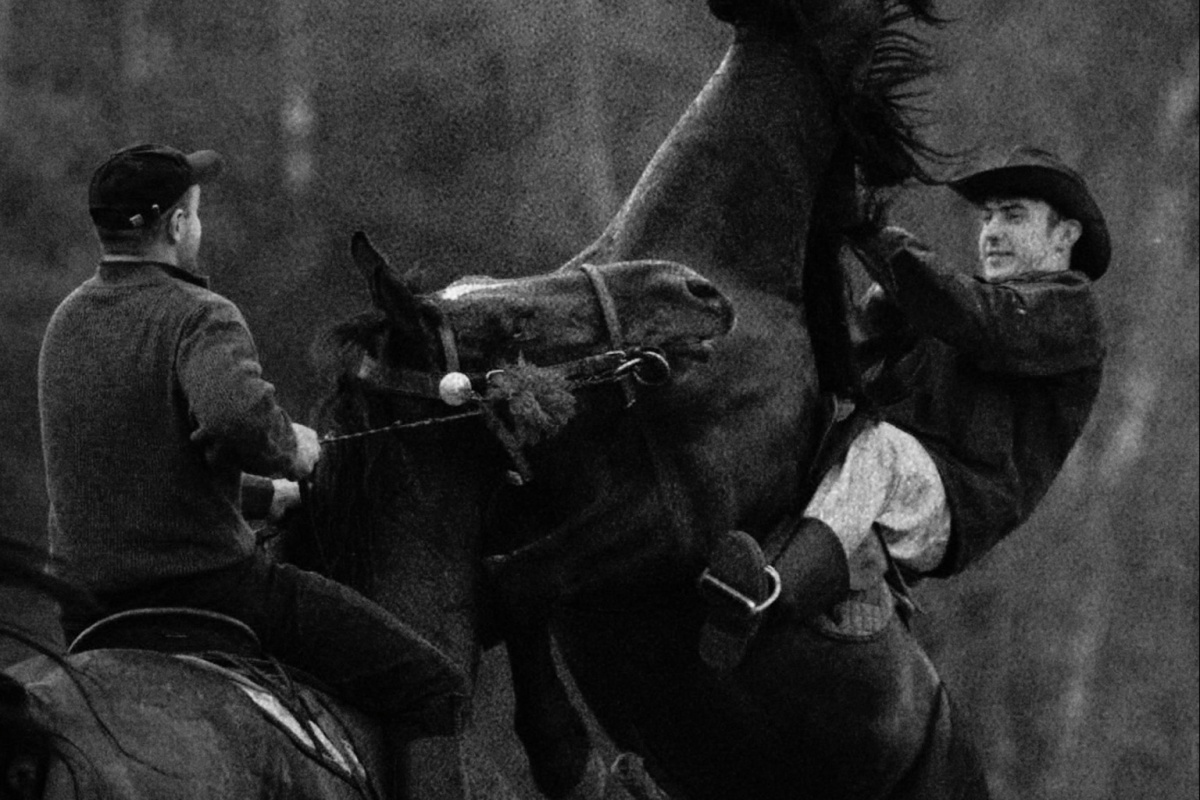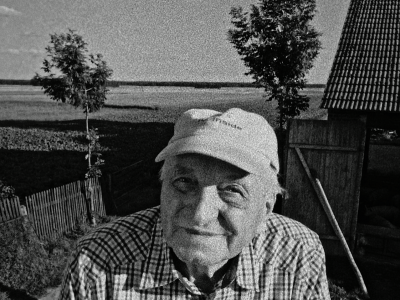Since April 28, 2021, Colombians have been on a national strike for many reasons: inequality, poverty, historical exclusion, and the disregard of a peace agreement that allegedly was signed to end more than fifty years of armed conflict. For more than a month, people on the streets all over the country have been creating new spaces for resistance and collective organization.
Together with snap-producer Umbra, I created this list around the idea of resistance through technology. In Colombia, as part of the so-called Global South, machines and technological advances have always been more about the oppression and optimization of the labor force. From colonization to coloniality as an imposed rationality, the idea of underdevelopment has been positioned as our condemnation. As artists, cultural managers, and activists, we have been excluded from the creative, innovative, and hegemonic narratives around technology.
More than ever, in the context of the national strike, we affirm that our mind and collective dreams, through imagination and alternative uses of technology, go beyond physical and oppressed bodies. In this process, machines liberate us, and they become vehicles of resistance – diverse, plural, and radical resistance. This selection jumps from sonic fiction to audiovisual landscapes and intimate dreams.
We propose a short trip through sonic and visual initiatives that consolidate new worlds, technological and nostalgic utopias, and dystopias. As of last year, we intend to amplify local and diverse initiatives as part of the work of ECO: a platform for independent and horizontal electronic music communities.
Music: Verraco
Camera: Ross Uribe
Editing: Doppelgänger
Assistant: Retrograde Youth
Track: Our New Order (Colombia, 2020)
Public transportation in a country like Colombia can be a space of reflection and vivid dreams of the future we pursue and a space that also defines our present. Through this premise, Verraco and Insurgentes introduce us to their utopia with a soundtrack of IDM from Latin America.
The city of Medellin, surrounded by various architectural and social nuances and at the same time by the mountains, is explored from the visual point of view. The subway allows us to observe, but we move simultaneously on the plane of our thoughts. Many images appear in a burst: those visions/thoughts of the longed-for future.
The question regarding machines and technology arises again: are they a way forward, or will they inevitably subjugate us? We do not know, but we hope, we dream, we build better futures on our way home.
Music: House of Tupamaras (K.Hole_Kardashian & El Traste with M.C Honey Vergony)
Art direction: Claudia Currea & Javiera Valenzuela
Editing: Raúl Vidales
Track: M4RICON4 (Colombia, 2019)
House of Tupamaras explores what is categorized as «Mariconeo y Pluma»: stigmatized and excluded gestures and movements in public places. The collective is interested in nightlife and parties as places of knowledge construction and meeting between different groups. The camera is a tool to visualize and focus on what has been so stigmatized, hidden, and rejected about sexual and gender dissidence, using «voguing sudaka» as a platform of expression. In this video, technology is a means of representation and visibility. But technology is also the incarnation of a sudaka cyborg: marica, dissident, part of a collectivity that builds diverse horizons every night.
Music: Ambivalencia
Editing and Production: Ambivalencia / Camila Valencia
Track: El Agua También Brilla (Colombia, 2020)
Camila Valencia (Ambivalencia) is a visual artist inspired by the universe of nature and the cyborg. She is currently a VJ and works with video and analog machines and mixers like the Edirol V-4. These she connects to DVDs, devices, etc., loaded with videotapes that she records herself or finds on the internet or on cassettes. She also gives her visual touch by appropriating machines through circuit bending: opening them and manipulating their circuits. «El Agua También Brilla» is a call to strengthen local possibilities to transform the current pandemic situation and environmental crisis. It proposes unity, the recognition of local knowledge and traditions, and the consolidation of networks to protect and use resources for futures that today seem unimaginable.
Music: Lamediscos
Editing and production: Umbra / María Camila Figueroa
Track: Carrera Circuito (Colombia, 2021)
Colombia is a country defined by patriarchal and violent structures. Being a woman or part of the LGBT community is all about the rage and the constant frustration of being called hysterical for standing against harassment, rape, and the pact of silence inside our communities. Umbra seeks to visualize the private dimension of this context through distortions. She carries out the distorting action with digital tools, in a form of art therapy with which she seeks to overcome pain, traumas, structural violence, etc. The video’s visual narratives transform the pain and enhance the positive, translating emotional and intimate processes into textures and shapes that offer an alternate reality: a space of harmony and absolute security.
Music: DJ Pai & The Baker / NEA$ Medellín
Editing and production: Desfase aka El4stik
Track: Caunces City (Colombia, 2020)
Y hasta aquí los deportes, país de mierda
(And so much for sports, shitty country)
NEA$ aims to show the country’s political problems, such as police violence, institutionalized violence, and the ultra-right-wing. The images are placed in an animation of six televisions to criticize the government’s media manipulation. The message is clear: «The police do not take care of us», «The police harass, rape, murder, kidnap and torture».
However, in this video, screens are also tools of communicative social resistance: spaces to open the eyes of the vast majority of society. The film offers a way of thinking of a media utopia, and an articulation between music, sonic resistance, and political awareness of the violence the country lives through every day.

